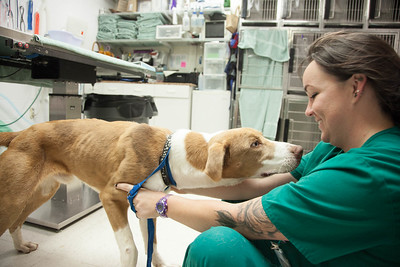A recent Council for Advancement and Support of Education review of annual charitable contributions shows that overall donations to higher education institutions remained flat in 2020. More than half of publicly funded community colleges reported that their donations declined during the pandemic. That has implications for community college foundations in the era of free college programs.
According to the CASE survey, foundations provided the largest proportion of donation to higher education institutions. Alumni were the second largest source of cash. Non-alumni individuals rounded out the top three support sources. Corporate donations continued their 20-year decline, and now comprise 13% of charitable contributions to higher education.
The CASE survey also indicated that higher education donors favored funding operations over construction projects. Donations for operations rose by 7% in 2020, while giving for construction projects dropped by 10%. If anything, this indicates that donors remain interested in the mission of higher education. When forced to prioritize, more donors will opt to fund the core functions of an institution over building projects.
Free college programs that support two-year degree seekers are becoming more mainstream. At a time when private donations are dropping, free college programs can help ensure that community colleges remain financially sound enough to continue serving their target populations. They can also offset the loss of donor funds. It is also possible that free college programs are playing a role in the decline of donor dollars. If donors to two-year institutions recognize that support is shifting to a free college model, they may withhold support or redirect it.
Plenty of student need, even with free college programs
Regardless of where the funding comes from, if free college programs improve enrollment or completion rates, they’re a clear benefit. Community colleges can still engage donors in the mission of the school – even if the need for private scholarships has diminished. First, most free college programs are “last dollar” programs. They pick up any remaining costs after all other forms of financial aid have been applied. In other words, scholarships will still be in the mix for many students.
Second, community colleges can engage private donors in the creation of programs and curriculum that draw students into post-secondary degree programs.
Third, community colleges can engage private donors to fund or support expensive vocational and technical education programs. Building lab space, purchasing equipment and materials, providing trade tools for students, and funding professional development opportunities for faculty all support the mission of the community college and address the needs of its students without investing heavily in new construction.
Free college programs will undoubtedly continue to impact private donations to community colleges. It is up to the college to inform donors about the ongoing need for student support, and to provide opportunities that engage the donor and align with the mission of the community college.
Photo Credit: Austin Community College , via Flickr




















